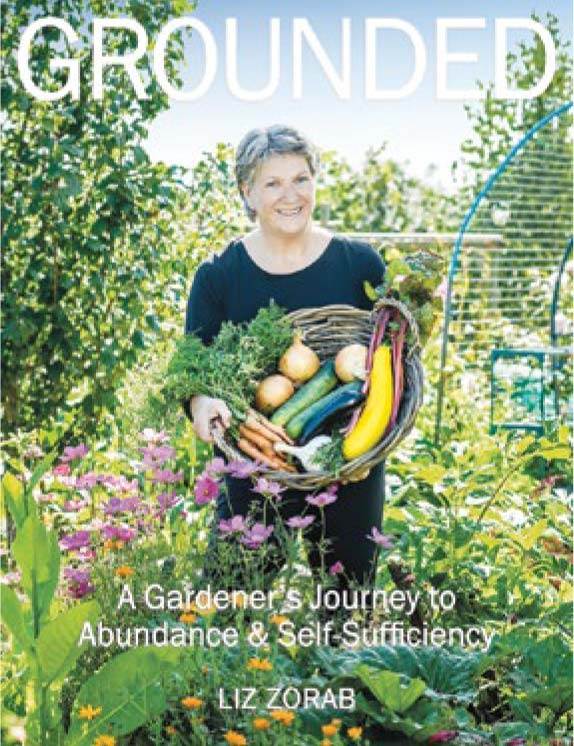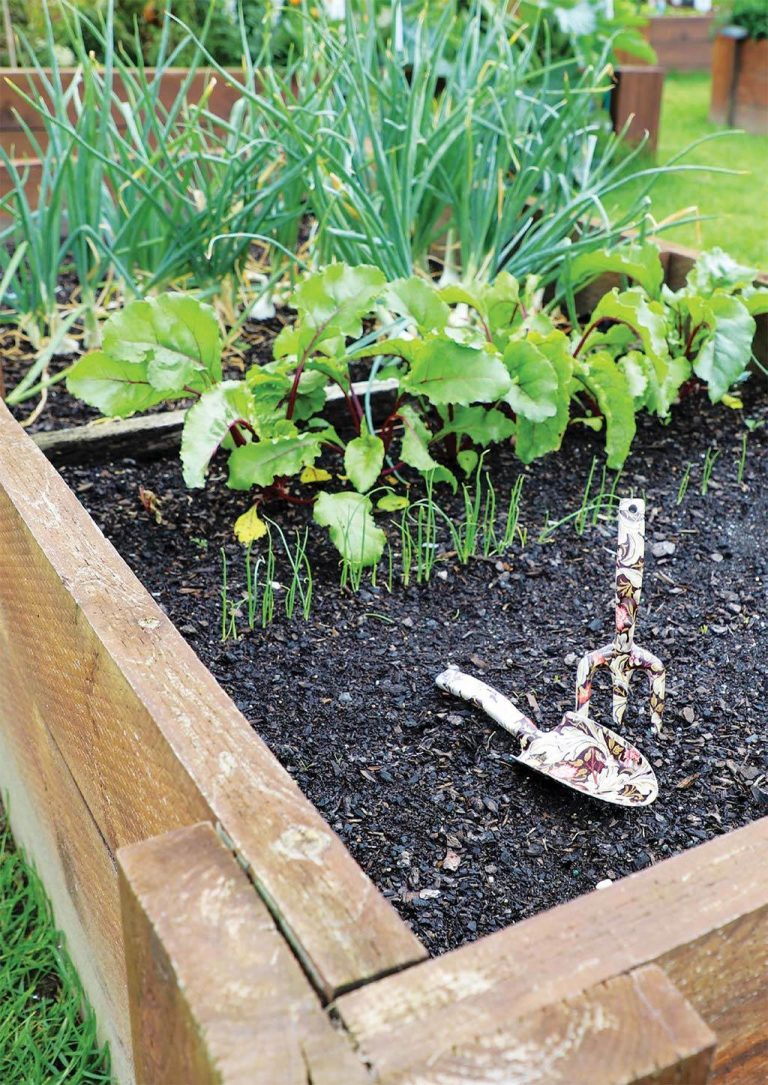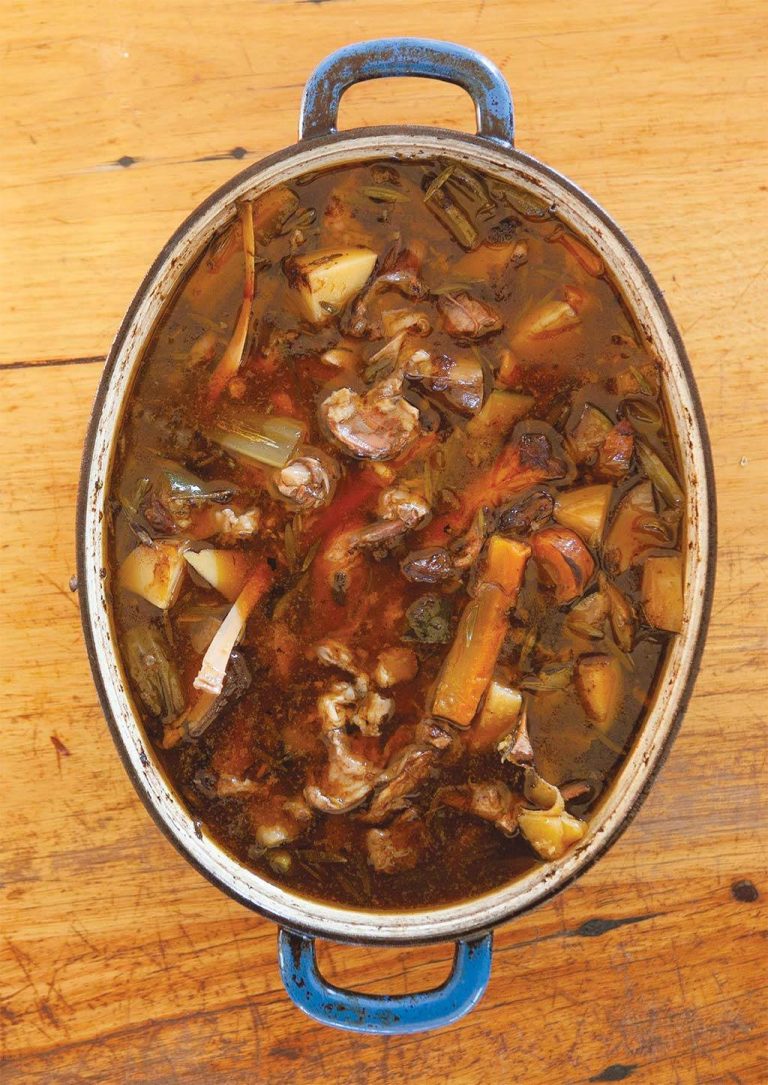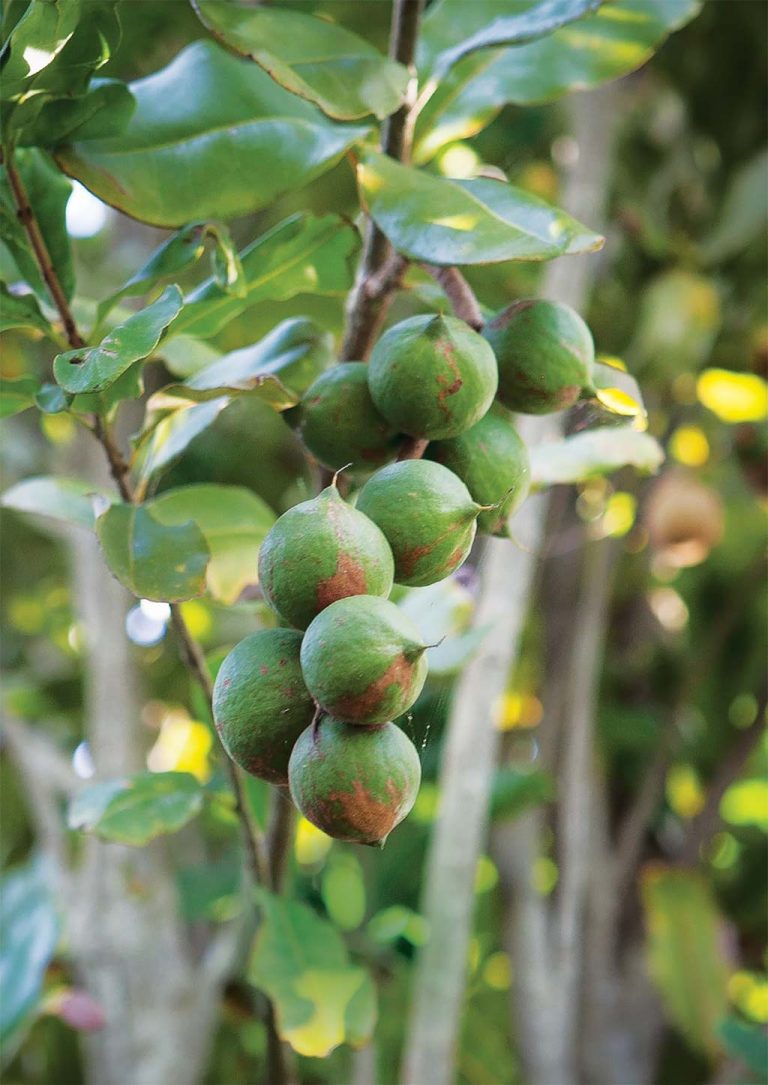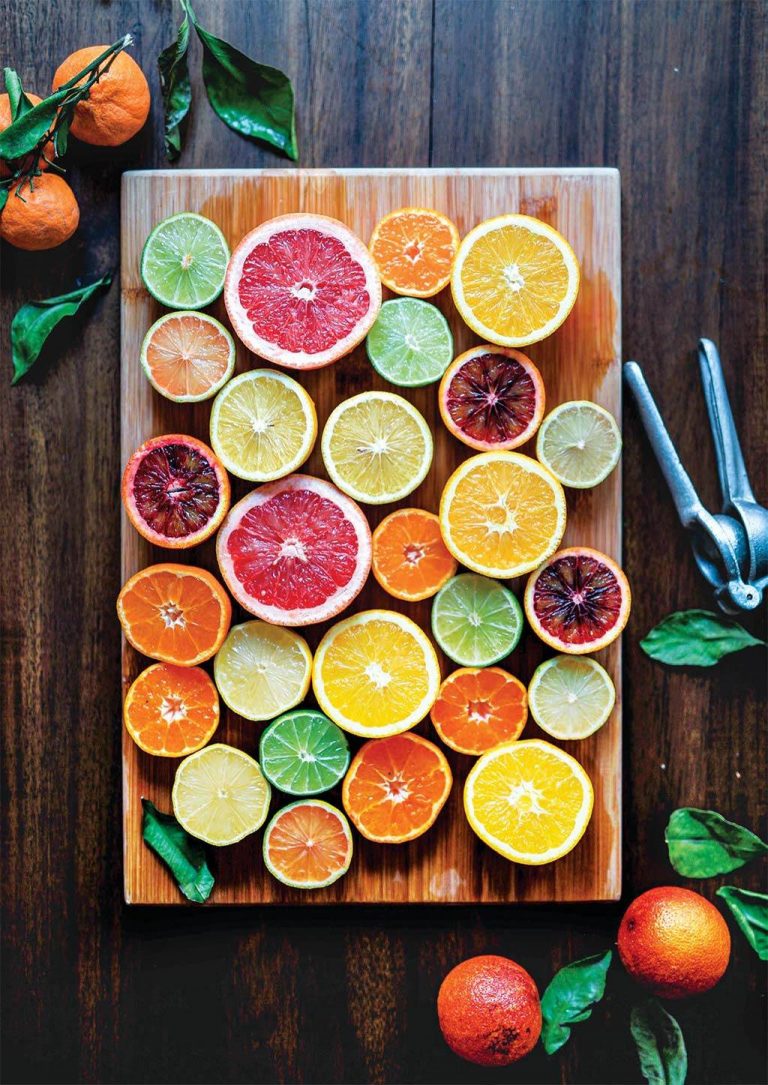Brains Trust
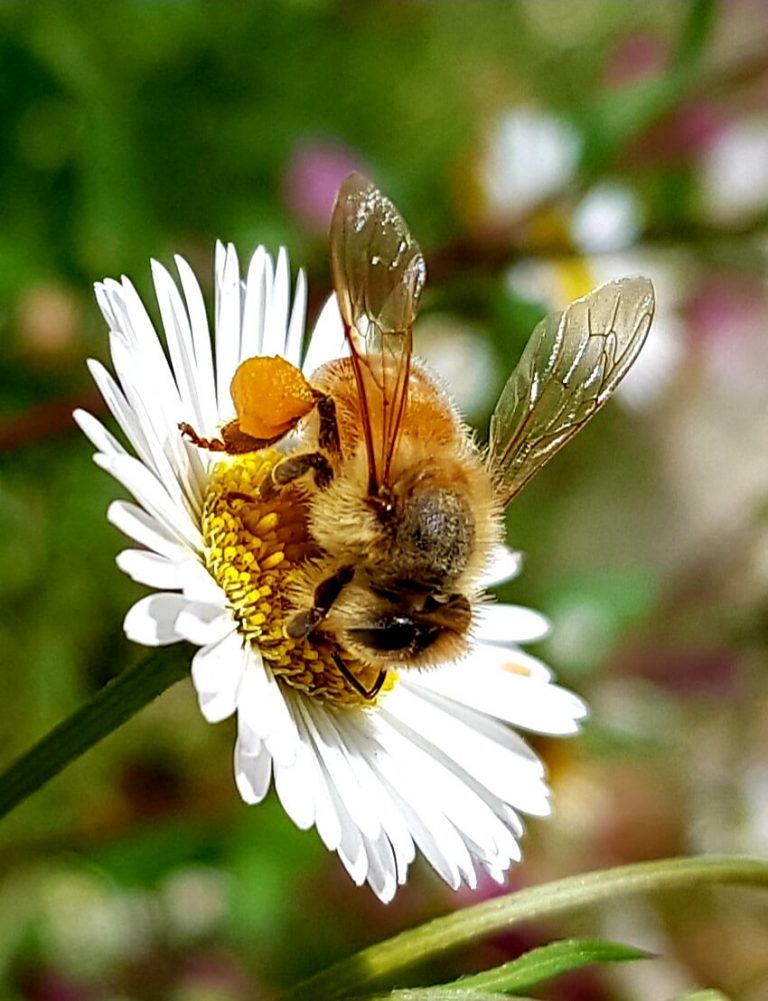
Should I be doing anything different in winter to keep my chickens happy?
Hens can be fed more in winter, around 1.5 times what you normally feed them. They need the extra food to keep warm, recover from high egg-laying times and to grow new feathers after a moult. Extra protein can be added to their food in the form of meat, fish and egg leftovers, as well as pumpkin seeds and mealworms.
Hens love a warm mash during the coldest months; they will be warmer, healthier and may even reward you with extra eggs. Try soaking whatever grains you are eating (rolled oats, bran, cracked grains) overnight in warm water with a dash of yoghurt. In the morning add some warm water before feeding to your hens.

